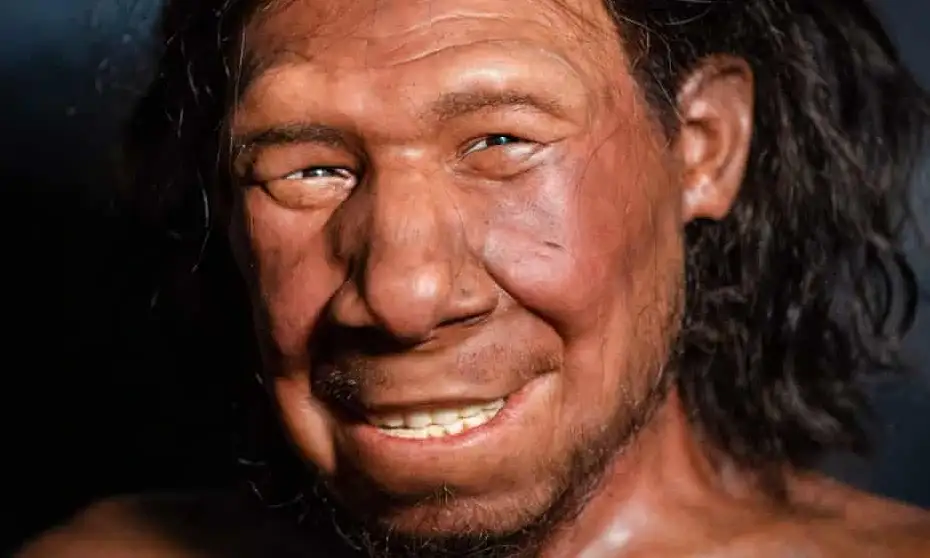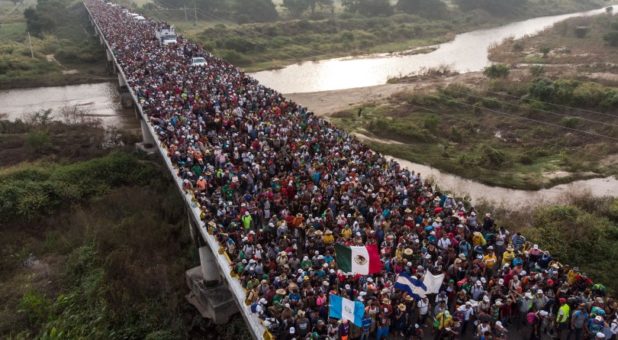The authors of these anthropology articles should really stop using pictures of Prince Harry’s wife to represent Neanderthals. It’s unnecessarily mean.
I don’t really know that I believe any of this at all.
But it’s a funny story.
It took three separate waves of modern humans to colonise Europe between 54,000 and 42,000 years ago. That is the key conclusion of scientists who have been studying caves in the Rhone valley where they have discovered evidence that Homo sapiens had to make a trio of determined attempts to head westwards and northwards from western Asia before they could establish themselves in the continent.
“The first two of these waves failed but the third succeeded around 42,000 years ago,” said Ludovic Slimak of the University of Toulouse, who is leading the excavations in France. “After that, modern humans took over in Europe. The Neanderthals, who had evolved on the continent, died out.”
…
Slimak has also argued, in previous papers, that modern humans, who first emerged from Africa around 60,000 years ago, may have been armed with bows and arrows to judge from the tiny 54,000-year-old pointed stone tools – which look very like arrowheads – that have been found in the Grotte Mandrin cave in the Rhône Valley. This technology – which allows hunters to kill at a distance without endangering themselves – would have given the incomers a vital advantage over local Neanderthals.
The Grotte Mandrin in France’s Rhone Valley
However, after a period of around 40 years, this first group of modern human incomers disappeared from the fossil record and the site was subsequently re-occupied by Neanderthals. If our ancestors were better equipped, why did this first intrusion into Europe end this way? Similarly, why did the second wave – which probably occurred around 44-46,000 years ago – also end in failure?
One answer is straightforward, says Slimak. Those early waves of humans simply lacked numbers. He believes there were up to 100 men, women and children in the Grotte Mandrin settlement. “That may not have been sufficient to maintain their biological strength and perhaps they could not exchange genes with local Neanderthals because the fertility between them was poor,” he added.
However, he rejected the idea that relations between Neanderthals and modern humans were poor. In fact, every indication suggests that the two groups were on good terms.
Then came the third wave, and this time it seems that our ancestors did have the numbers, Slimak added. “The third time they came in, modern humans did so with a really huge wave of people and began to build social networks, not with Neanderthals but with individual small separate groups of Homo sapiens in order to build a huge network throughout Europe. And in the end, that is what started the decline of the Neanderthals in Europe.”
Well.
I mean.
A lot of people might read something like this and start drawing comparisons, I think.
You know?








